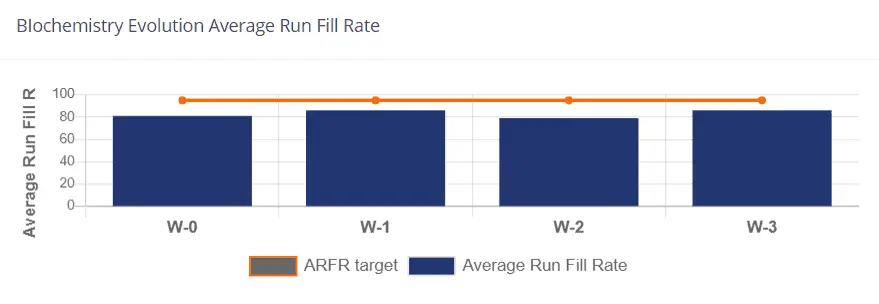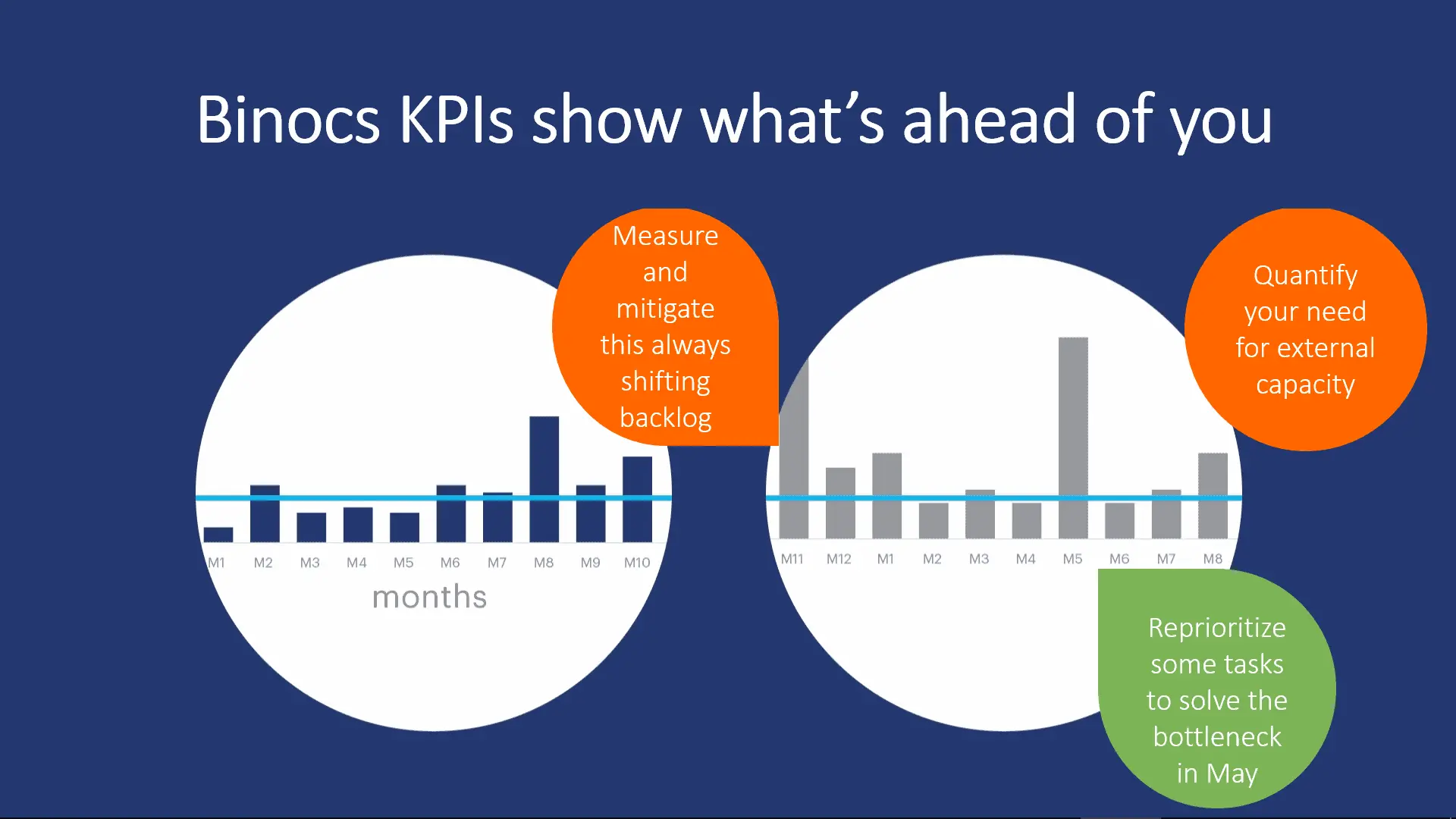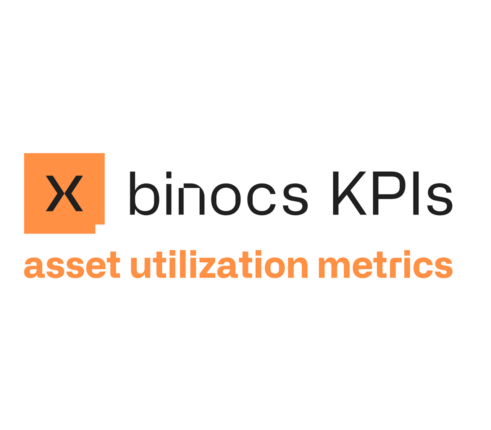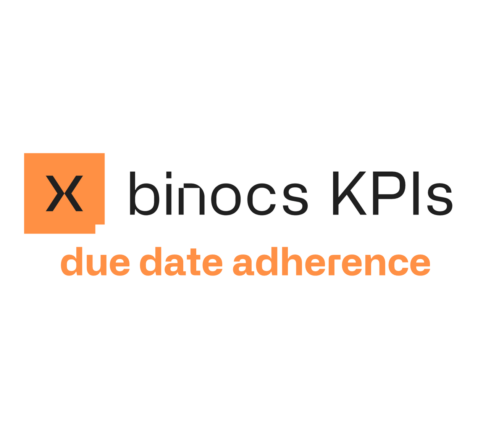
The power of backward and forward-looking KPIs in Binocs
Though defined differently depending on the organization, key performance indicators (KPIs) are the metrics that we track to boost performance and ensure future success. However, a lot (if not all) of the standard KPIs typically only look at what happened in the past (backward-looking). While learning from the past is valuable, too often, the insights prove to be insufficient in providing actionable insights on what’s to come. In Binocs you can generate insights from both sides of the fence: look at the past with backward-looking KPIs and look at the future with forward-looking QC lab KPIs.
Back & forward-looking QC lab KPIs
Why you need both
Most QC lab KPIs focus on past performance. “75% productive hours in the past year”, “80% of milestones reached on time in the last quarter”, “Average number of productive hours per month.” And as Henry Ford said, “the only mistake is the one from which we learn nothing.” So yes, there is tremendous value in better understanding: what went well and what didn’t. It just misses the bigger picture.
Backward-looking KPIs help you to learn from the past. What works and what doesn’t? It generates insights into how your department operates internally and interacts with the outside world.
However, you need forward-looking KPIs to help you to identify where & when to use those lessons learned. These KPIs help you to understand what is expected to happen next month, taking into account your operating model, next month’s incoming demand, next month’s holidays, etc…
In short: you need a combination of both to optimize your performance management.
Backward-looking QC lab KPIs in Binocs
A backward-looking KPI gives us insights into what works and what doesn’t. You are building experience, lessons learned.
In Binocs, you can create these ‘backward-looking KPIs’ and track it against certain targets that you define. A couple of examples from our Binocs real-time dashboards – imagine we are in a meeting:

“The average run fill rate was below target in the past 4 weeks. What’s the reason?

“The average technician utilization was below target for three weeks and was on target last week. What did we do better this week compared to the past few weeks? What can we learn?

“Planning adherence is above target for our release testing but slightly below target for stability testing. What can we learn?”
Forward-looking QC lab KPIs in Binocs
A forward-looking QC lab KPI gives us a window into the future: what do we expect to go well, and what do we expect to go wrong? In other words: identify what you need to correct, using the lessons learned from your backward-looking KPIs. Those KPIs are based on the capacity forecast in Binocs. For example:
- What will be our team members and equipment utilization rates?
- What will be our on-time delivery 3 months from now?
- Measure and mitigate the ever-shifting backlog
- Quantify your need for external resources
- Reprioritize tasks to solve bottlenecks in May…

Or more on the short/mid-term future, which production batches will be late, and which production batches will be on time?

In summary
Having backward and forward-looking figures next to each other allows you to move beyond analyses like “yes but last month was special” and challenge easy solutions like “no problem, next month the backlog will finally be gone”.
Does this sound interesting? Feel free to reach out for a chat with one of our Binocs experts. We’d love to show you how customized backward and forward-looking KPIs can support optimizing how you work!
More about our KPIs
-
KPI dashboards in QC are crucial as they enable lab personnel to see relationships between different metrics and make informed decisions about how to optimize lab performance. Based on…Read more
-
Exploring the value of lab KPIs: asset utilization metrics
Continuing our series of monthly blogs on the value of different lab KPIs, this post explores asset utilization metrics. In contrast with the previous posts that presented quantitative measures…Read more -
Exploring the value of lab KPIs: due date adherence
By monitoring due date adherence metrics & making operational adjustments, teams can optimize their service level, making it a crucial lab KPIRead more
Mathias Lasoen
Mathias is the Head of Growth Marketing for Binocs.





